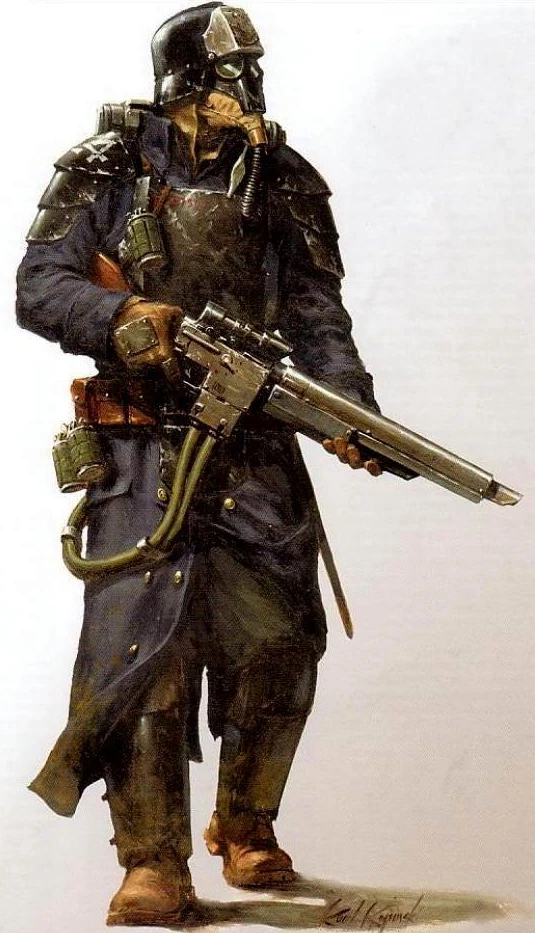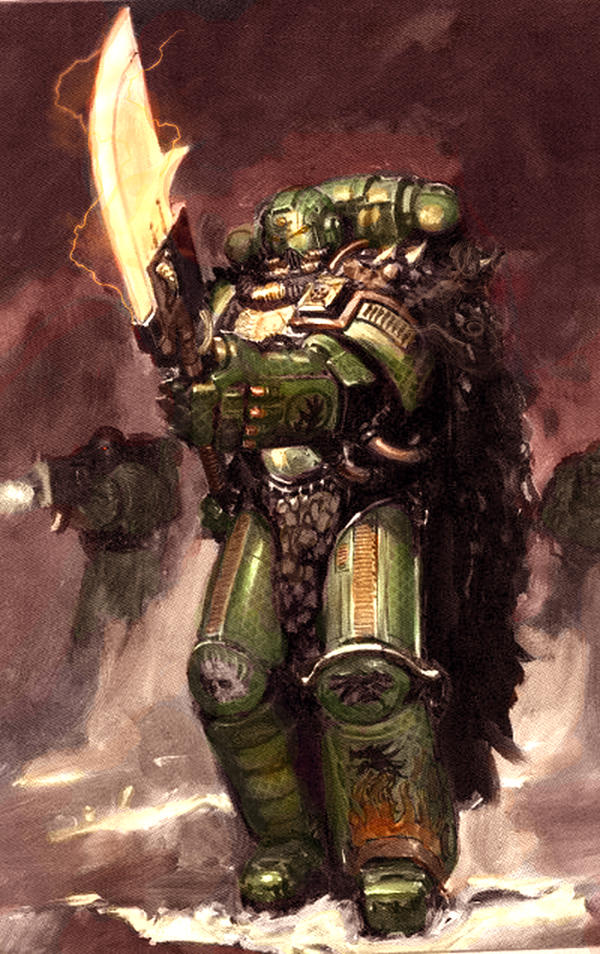M
Mikkel Glahder
Guest

Name: Free Republic of the Southern Hemisphere
Land Claim: Southern Argentina and Chile(The Northern border is: A straight line from Mar del Plata to Los Angelens in Chile)+South Georgia + Palmer Land (and the small islands beside it), Ellsworth Land and Rhodes Pennilsula.
Character or characters: President John Max (Social Liberal Party), Prime Minister Miguel Raminez (Social Democratic Faction) ((De jure leaders)). Commander Zeratul ((De facto leader)).
Government Style: "Semi-presidential Republic controlled and supervised in the shadows by the Brotherhood of Flames.
History: The "Free" Republic of the Southern Hemisphere emerged long time after the empire fell. A thriving republic with its own military, free elections and free speech. It quickly expanded to the southern parts of the globe where they took part of Antarctica and took South Georgia. A group of scientist, took, with government permission, a group of humans to Antarctica to make different, "test" on them. This was mostly genetic engineering. The medicine and other operations conducted on these were far to powerful for their bodies. Only one of the original ten survived. This man, who no longer resembled a human was called Zeratul. The origin and the meaning of the name is long gone. Deemed to powerful by the scientist, they froze him down and left the facility. 15 years later a big group of scientist once again took down to the facility and conducted human experiments to make a sort of super humans to serve in war. They succeeded and discovered a hidden sealed of wing in the facility. In here, they found a capsule, containing an alien looking thing. The label said: "Post-Human, Dangerous". They, naive as they were, let him out and gave him weapons. Zeratul, together with the other post-humans, created by the scientist, took control of the facility, just in time, that a revolution threatened the Republic. Zeratul rallied the thousands of Super Soldiers, know as the Brotherhood of Flames, to fight these rebels. They took to the mainland and started slaughtering the rebels. To thank them for this, the government gave Zeratul and his order the power of the country, if they could keep it hidden. They agreed. The state of the republic is stable. The state controls the civilians while the Brotherhood of Flames control the army and supervises the government and control it. All members of the Brotherhood has a stronger body structure and psychic abilities. They are not known by many, but they are considered the ruling class.
The Military:
The military on the ground has two wings. One are humans that is recruited. And one that are super-soldiers that often only helps out in difficult situations. All of the super-soldiers are member of the Dark Templar and are post-humans kind of.
A common foot soldier in the Army:

A Brotherhood of Flames soldier:

Last edited by a moderator:





